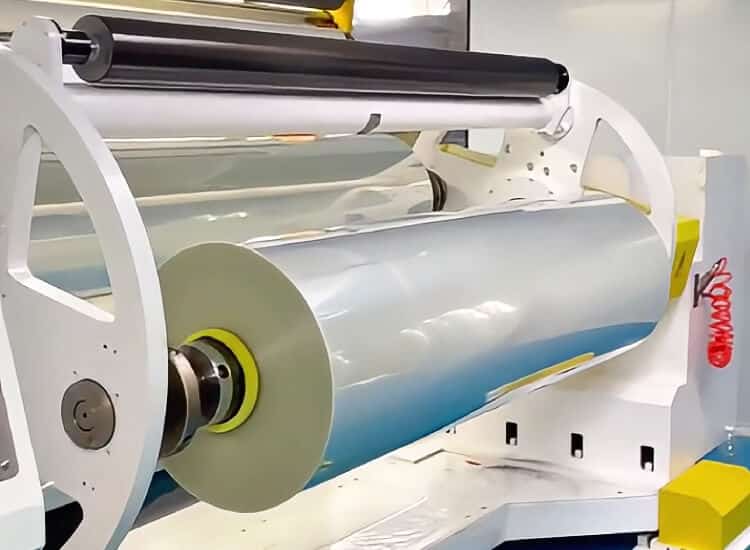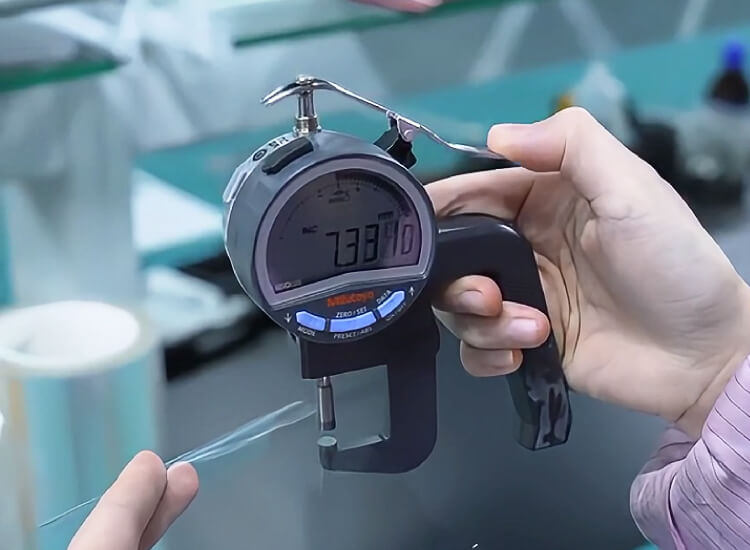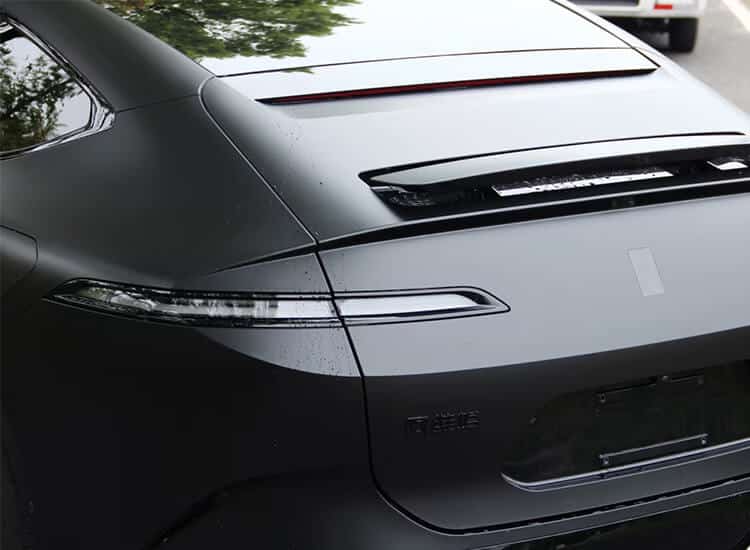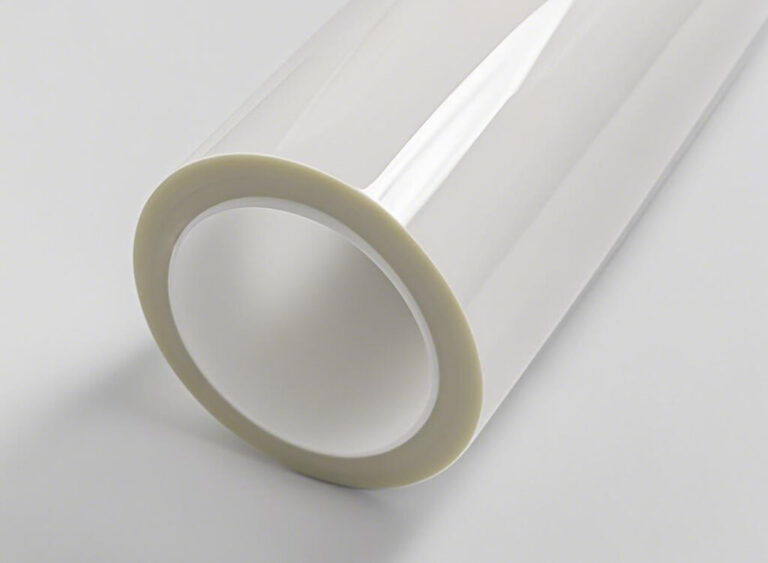Paint Protection Film: The History and Development
Paint Protection Film (PPF) has become an essential part of automotive care and protection. From its humble beginnings to its current status as a crucial component in vehicle maintenance, understanding the history and development of PPF provides insights into its significance in the automotive industry. This article will explore the evolution of PPF, its types, and the key innovations that have shaped its present and future.

What Is PPF(Paint Protection Film)?
Paint Protection Film (PPF) is a transparent, durable film applied to the surfaces of vehicles to protect the paint from scratches, chips, and other environmental damage. It acts as a barrier against road debris, UV rays, bird droppings, and chemical stains, helping maintain the vehicle’s aesthetic appeal and resale value. PPF is often made from thermoplastic urethane (TPU), which offers flexibility and self-healing properties, meaning minor scratches can disappear when exposed to heat.
When Was Paint Protective Film Widely Used On Cars?
Automotive paint protection film (PPF), commonly referred to as “clear bra,” gained popularity in the late 1980s. Its roots trace back to military technology designed to protect helicopter blades from debris. In the 1970s, 3M advanced its development, making it commercially available for cars. Nowadays, car protective film has gradually become a necessity.
When Was It Discovered?
The origins of paint protection film date back to the late 1960s, when the U.S. military developed a protective film for helicopter blades to shield them from damage caused by debris during flight. This innovative solution provided a robust layer of protection while maintaining visibility, showcasing the potential of clear materials in protecting surfaces.
Automotive Paint Protection: Further Evolution
As the technology behind PPF advanced, it found its way into the automotive sector. In the 1980s, manufacturers began experimenting with PPF for cars to protect car surfaces from environmental damage, including scratches, road debris, and UV rays. The introduction of high-quality thermoplastic urethane (TPU) materials led to the development of a more durable and flexible film suitable for automotive applications.
From 1980 to 2020, 3M pioneered the use of PPF in cars, and then many excellent PPF manufacturers emerged, such as 3M, ASWF, Hanita Coatings, LLumar, ELOV PPF, etc.
PPF’s Early Performance and Key Innovations
Since its inception, Paint Protection Film has undergone significant innovations. Early films were often prone to yellowing, cracking, and peeling. However, advancements in material science have resulted in improved formulations that resist these issues.
These improvements make it the first choice for modern car owners when purchasing a paint protection solution.
Some key innovations include:
Self-Healing Properties: Modern automotive PPF can repair minor scratches and swirls through heat application or exposure to sunlight. This self-healing technology keeps cars looking new for longer.
Enhanced Clarity: Newer films are engineered for superior optical clarity, ensuring that the beauty of the car’s paint job shines through without distortion.
Stain Resistance: Many manufacturers have developed PPF protection film with advanced stain-resistant coatings, preventing discoloration from contaminants like bird droppings, tree sap, and other environmental factors.
Anti-ultraviolet radiation: At present, most car paint protection film manufacturers can produce PPF that blocks 99% of ultraviolet rays.
Anti-chemical corrosion: Effectively resists chemical erosion in daily life, such as acid rain, sewage, bird droppings and fruits.
Global Adoption of PPF in the Automotive Industry
As the automotive industry evolves, so does the adoption of paint protection film. Countries with high car ownership rates, such as the United States, China, and Germany, have seen significant growth in PPF applications. The rise of luxury vehicles and the trend toward customization have also contributed to the growing demand for high-quality automotive paint protection solutions.
The global paint protection film market size is $559.1 million in 2023 and is expected to grow from $593.9 million in 2024 to $962.6 million by 2032, with a compound annual growth rate of 6-10% during the forecast period.
Main Types of Auto Paint Protection Film (PPF)
Paint protection films can be categorized by various standards, including thickness (6.5/7.5/8.5 mil), color (white/black/red), and style (metal, diamond, etc.). We’ll focus on the most common classification method: film performance.

The main types of PPF:
Clear Paint Protection Film: This is the most common type, also called clear bra, clear car PPF, or clear film. It provides an invisible barrier over a car’s paint, protecting against scratches, chips, and fading while maintaining the vehicle’s original look.
Matte Paint Protection Film: For those seeking a unique finish, matte PPF provides a non-reflective surface. It protects the vehicle while enhancing its aesthetic appeal, making it a popular choice for custom projects.
Colored Paint Protection Film: This type of PPF allows car owners to add a pop of color to their vehicles while providing protection. Colored films come in various shades and finishes, offering customization options for enthusiasts.
TPH (Thermoplastic Urethane) Paint Protection Film: Known for its exceptional durability and flexibility, TPH PPF is ideal for protecting high-impact areas of vehicles, such as hoods and bumpers.
Vinyl Paint Protection Film: Vinyl PPF offers a cost-effective alternative for those looking to protect their cars without breaking the bank. While not as durable as TPU films, vinyl options can still provide reasonable protection.
The Role of OEMs in Advancing PPF Technology
Original Equipment Manufacturers (OEMs) play a critical role in the advancement of paint protection film technology. Many OEMs are now offering OEM/ODM solutions that integrate PPF into their manufacturing processes. This collaboration ensures that vehicles are equipped with high-quality protective films from the factory, enhancing their longevity and resale value.
Currently, the top automotive paint film OEM brands are LLumar, 3M, Madico, Inc, Toray Plastics (America), and ELOV PPF.

Consumer Education and Awareness of PPF
As the market for paint protection film expands, car owners need to understand the benefits of PPF and the various options available to them. Awareness campaigns and informative resources can help consumers make informed decisions about the best protection solutions for their vehicles, including understanding what is PPF for cars is and what paint protection film does.
The Regulatory Landscape Surrounding PPF
The paint protection film industry is subject to various regulations and standards that ensure product safety and performance. Manufacturers must adhere to these guidelines to guarantee that their films are not only effective but also environmentally friendly. Understanding these regulations helps suppliers, including wholesale distributors, ensure compliance and maintain quality.
For example:
IAFT16949: Automotive industry quality management system (QMS) standard
CE: EU region’s safety, health and environmental requirements for products.
Also, whether the car modification complies with local laws, etc.
PPF vs. Traditional Wax and Sealants
One common question among car owners is how paint protection film compares to traditional wax and sealants. While wax provides a temporary barrier against contaminants, PPF offers a long-lasting solution that protects against scratches and chips. Furthermore, PPF does not require frequent reapplication, making it a more convenient choice for many car owners seeking effective automotive paint protection.
The Role of R&D in PPF Advancements
Research and development are vital to the ongoing advancement of paint protection film technology. Manufacturers invest in R&D to create films with improved properties, such as better adhesion, enhanced durability, and advanced stain resistance. This commitment to innovation ensures that consumers receive the best possible products on the market.
The following is a list of top automotive paint protection film brands:
3M
3M Scotchgard Pro Series: Offers high transparency and self-healing features, suitable for various vehicle protection.
3M Scotchgard Clear Bra: Designed for high-wear areas like hoods and door edges.
XPEL
XPEL Ultimate Plus: Features excellent self-healing properties and scratch resistance, ideal for high-end vehicles.
SunTek
SunTek Ultra PPF: Offers outstanding durability and self-healing capabilities, suitable for daily drivers and luxury models.
Llumar
Llumar Paint Protection Film Platinum: Features good self-healing properties and durability, suitable for various vehicles.
Stek
Stek PPF X: Designed for supercars and high-end models, providing exceptional protection.
ELOV PPF
A leading manufacturer, factory from China, and supplier of high-quality PPF, is well-positioned to meet the demands of consumers and the global market.
PPF’s Influence on Car Customization Trends
As car customization continues to rise in popularity, paint protection film has become a key component of many customization projects. Car enthusiasts often choose PPF to protect custom paint jobs, ensuring that their vehicles remain pristine. The availability of custom solutions and various finishes makes PPF an attractive option for those looking to personalize their cars.
Now, color PPF is the most customized series.
For example, as a professional PPF manufacturer and exporter, ELOV provides users with hundreds of customized color options.
Cultural Perceptions of PPF in Different Markets
As car customization continues to rise in popularity, paint protection film has become a key component of many customization projects. Car enthusiasts often choose PPF to protect custom paint jobs, ensuring that their vehicles remain pristine. The availability of custom solutions and various finishes makes PPF an attractive option for those looking to personalize their cars.
Now, color PPF is the most customized series.
For example, as a professional PPF manufacturer and exporter, ELOV provides users with hundreds of customized color options.
The Future of Paint Protection Film: A Tech Revolution
Paint protection film is poised for growth. Emerging technologies will focus on nanotech innovations, self-repair systems, enhanced anti-fouling properties, and eco-friendly solutions.
In The End
The history and development of paint protection film reflect the evolving needs of the automotive industry. From its military origins to its widespread adoption in the automotive sector, PPF has proven to be an invaluable tool for protecting vehicles.
By understanding the various types of PPF, the impact of OEM/ODM collaborations, and the trends shaping this industry, car owners can make informed decisions about the best protection solutions for their vehicles. Whether seeking the best paint protection film for luxury cars or custom solutions for unique projects, consumers have more options than ever before to safeguard their investments.






